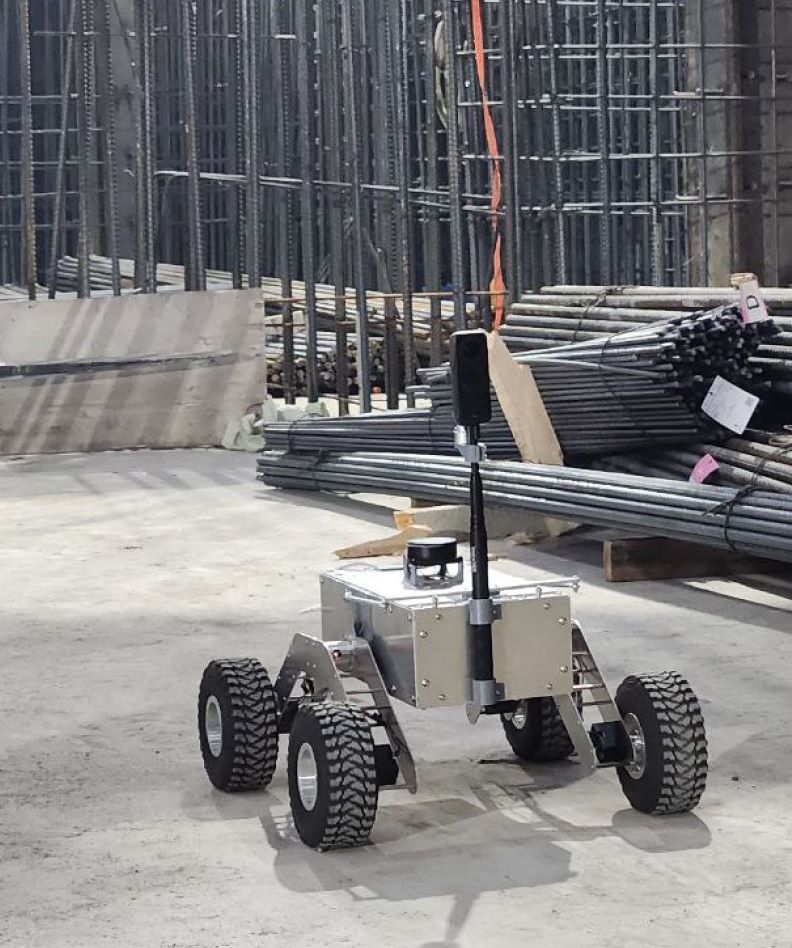Technology
Lunar Regolith
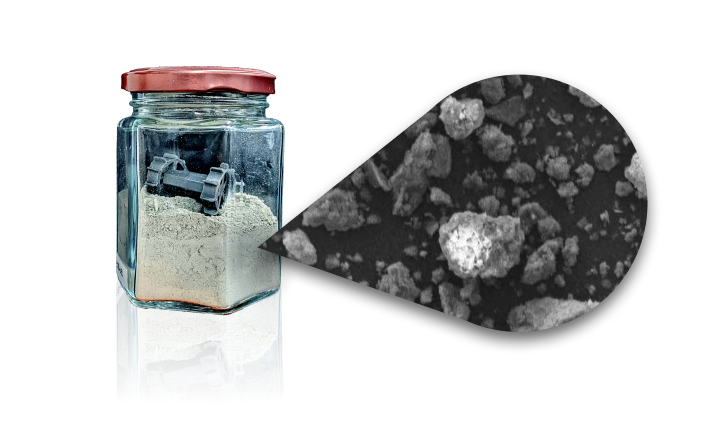
KOHLS-1
UEL has ample amount of the Korea-Hanyang Lunar Simulant-1(KOHLS-1), which emulates the physical and chemical properties of "Lunar Soil 14163" of Apollo mission
Lunar Regolith Testbed
Lunar Regolith Testbed is used to test the operation of rovers from lunar-like environments and to find possible problems caused by lunar regolith. UEL's Lunar testbed is 6 m x 2.5 m (19.7 ft x 8.2 ft) using KOHLS-1. We are testing our space rovers and robotics.
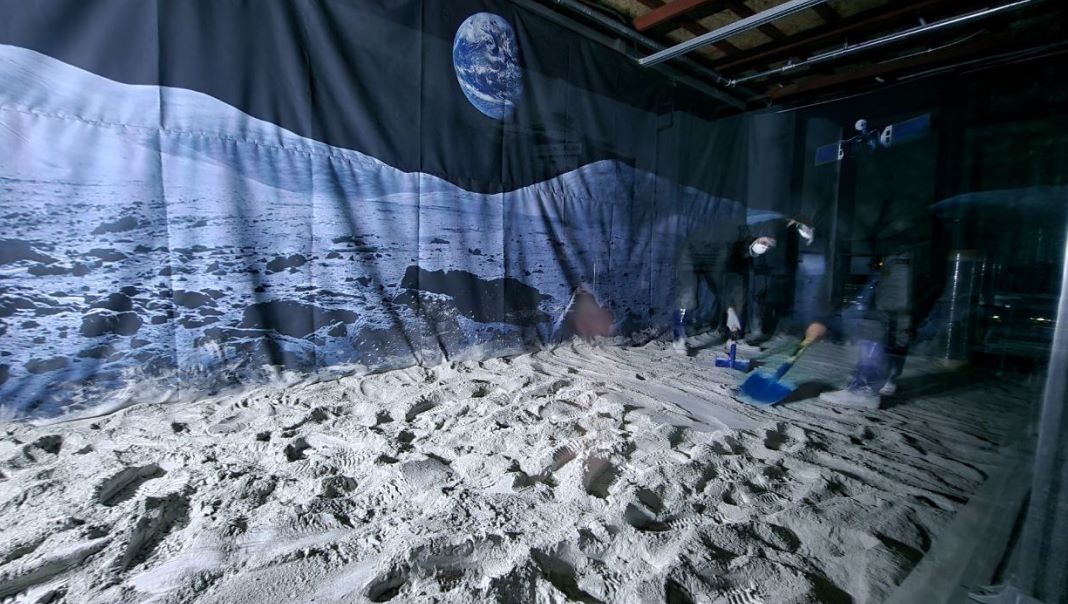

In-situ Resource Utilization (ISRU)
Regolith-Polymer 3D printing for space construction UEL has also developed in situ resource utilization (ISRU) construction technology by mixing lunar regolith simulant with polymers before a heated extrusion process that melts the combined mixture. The result is a 3D printing process that can be used for low density structural walls for lunar habitat, or for high-density tiles and bricks for launchpad plating, tiles, or lunar building core structures. The 3D printing process itself may build walls via thick extrusion nozzles or can be subdivided to build columns or trusses via thin extrusion nozzles.
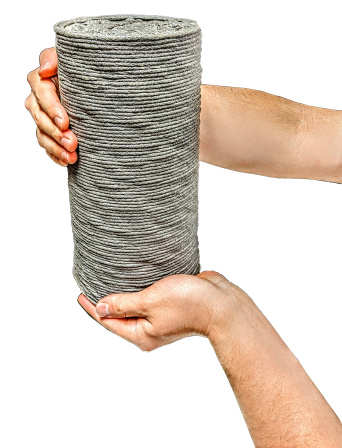
Wheel
A stable drive of rovers is essential for planetary exploration. The appropriate wheel design is essential for the Lunar than the Earth. In particular, wheel development is difficult because it must have both durability and lightness. Accumulation of regolith inside the wheel reduces energy efficiency, less friction causes skidding, and the wheel may sink into the fluffy ground. To solve this problem, make perforation at the wheel to facilitate regolith emission, a grousers are added to prevent slipping, and adjust the wheel diameter and area are increased to prevent the sinking. We are developing wheels optimized for the lunar environment by testing the shape and size of the perforation, the shape and number of grousers, and the diameter and width of the wheels using UEL's Lunar Regolith Testbed.

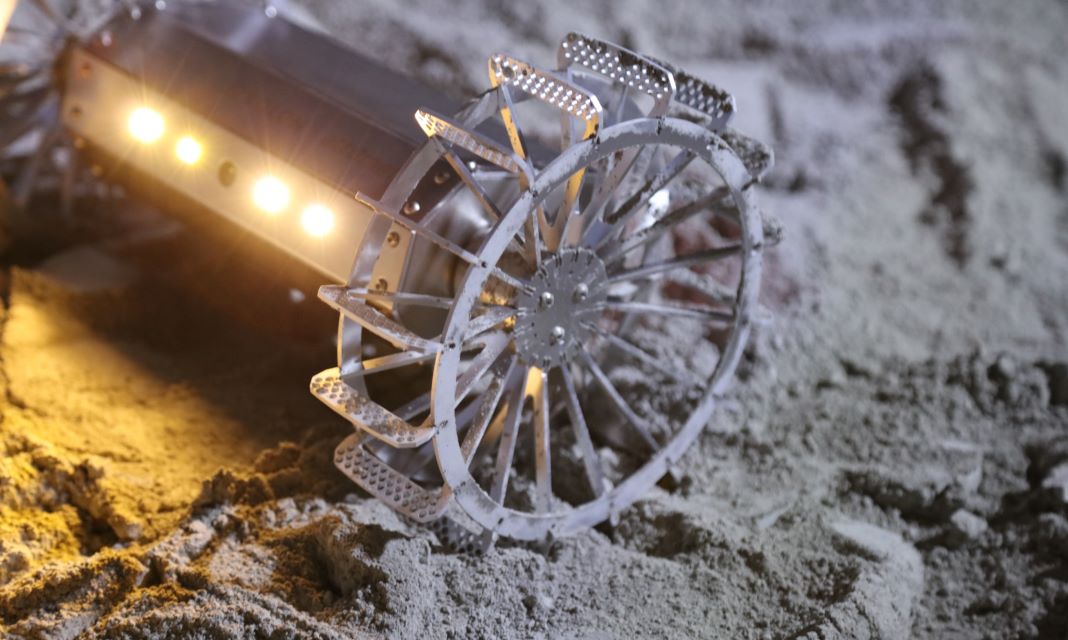


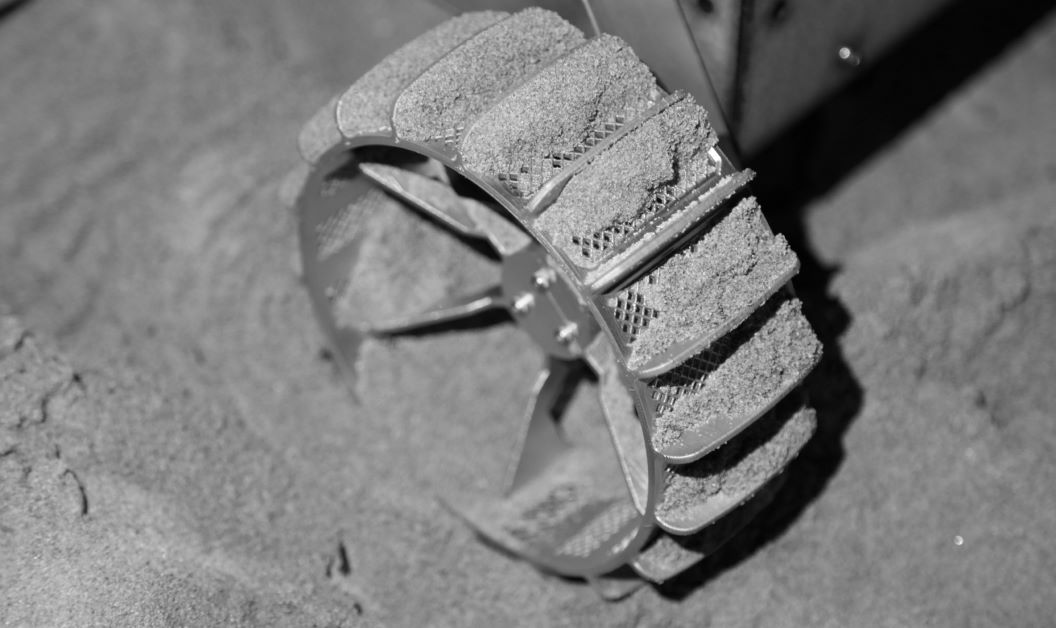
Unmanned Aerial Vehicles
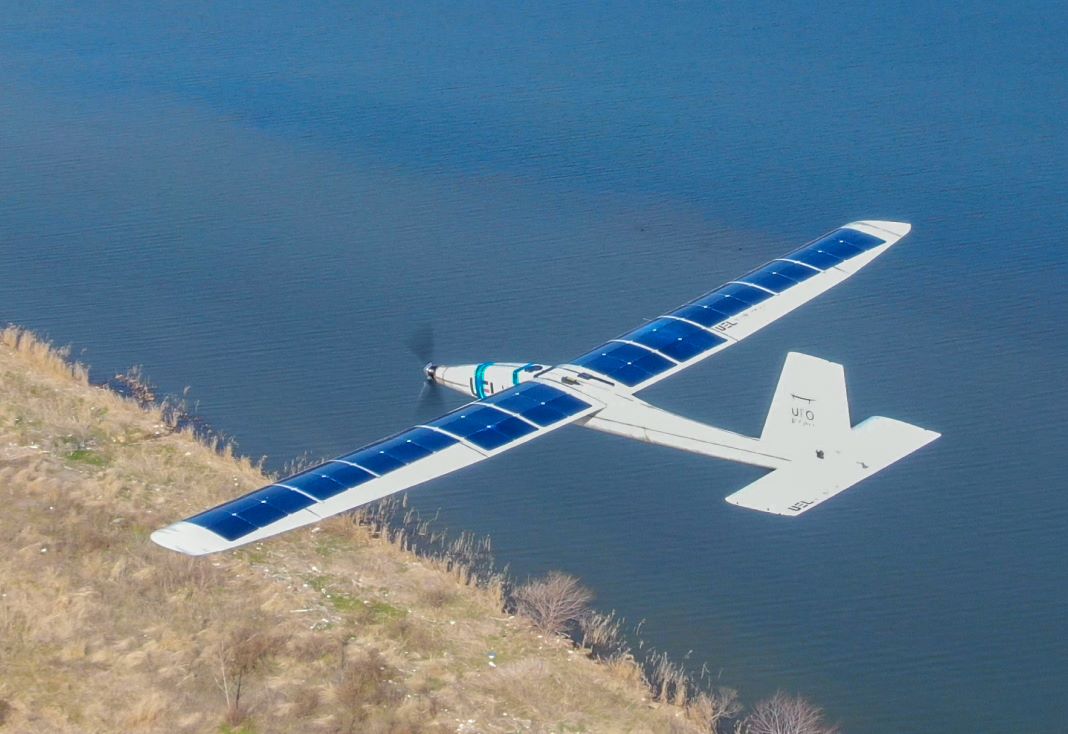
Multirotor UAVs can fly more stably and precisely than single-rotor UAVs. However, it is less energy efficient because it uses a large number of motors. We are striving to reduce weight and improve structure to secure flight time and performance Our ultimate goal is to carry more payloads and fly longer missions. In the case of unmanned aerial vehicles, they have the advantage of being able to fly for a long time and long distances. For long-haul flights, it is important to increase energy efficiency and reduce the weight of the aircraft. The aircraft design was researched to reduce weight and strength, reduce air resistance, and increase lift by using carbon fiber for the body of the aircraft, and additionally introduced an auxiliary power system using solar cells to the aircraft to further extend the mission time.
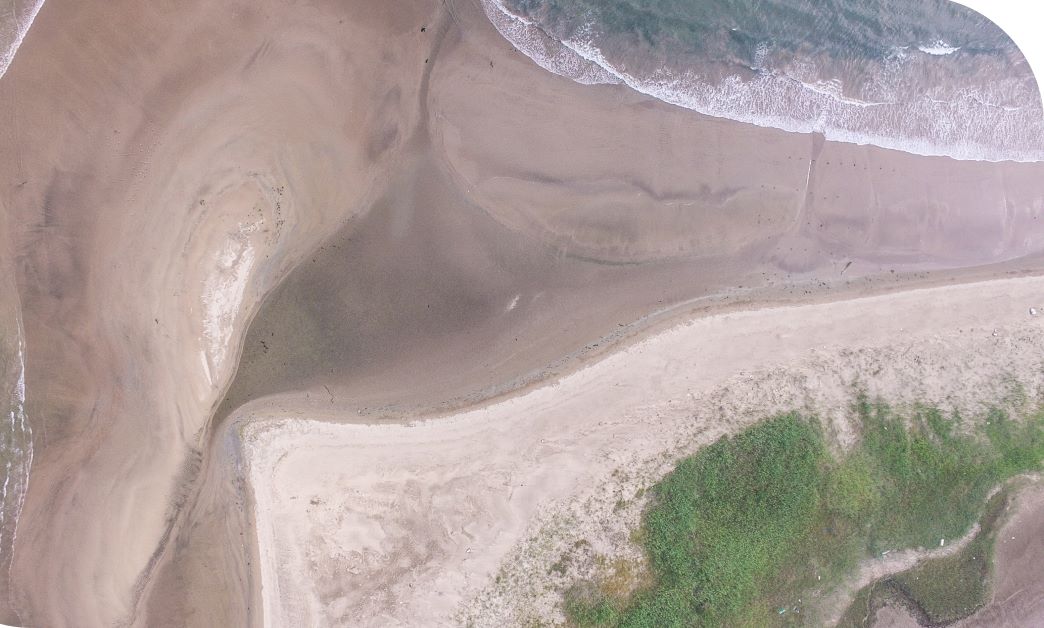
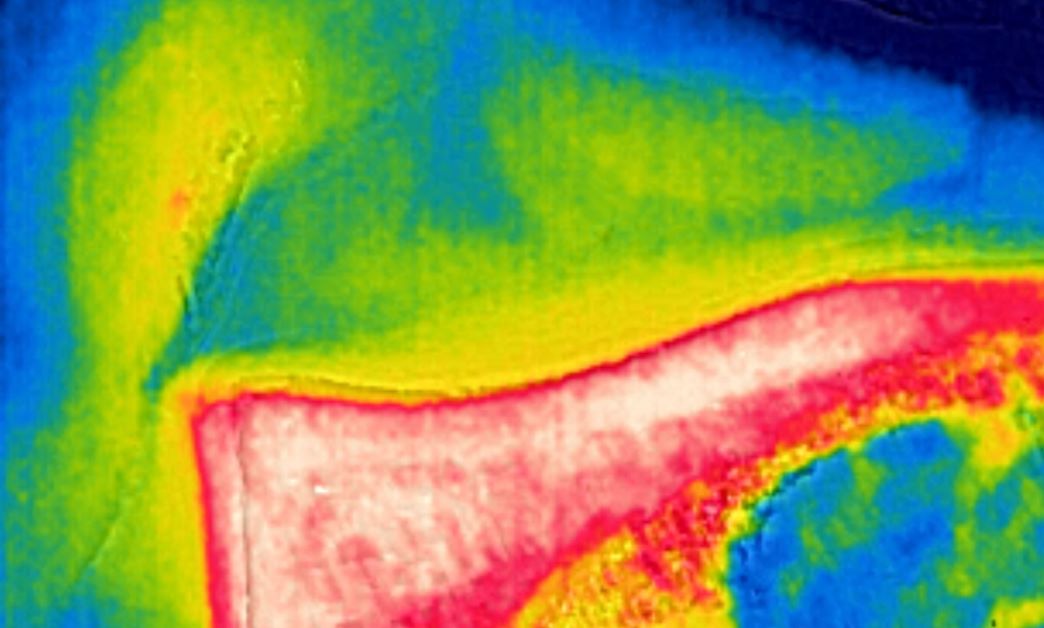

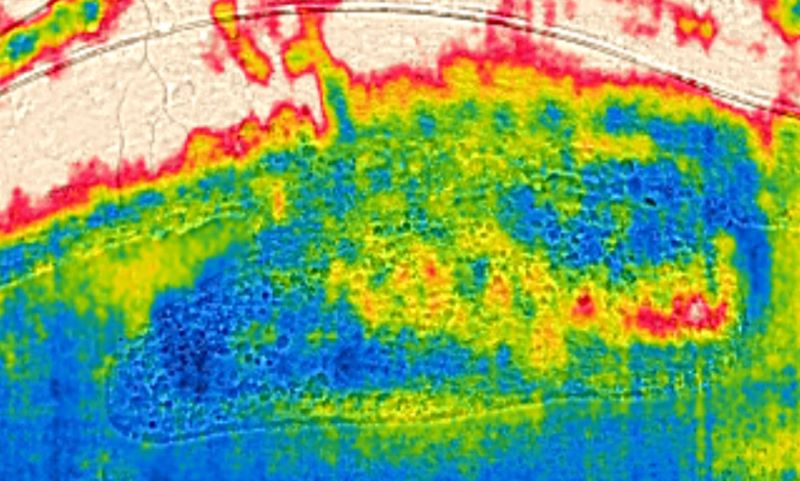
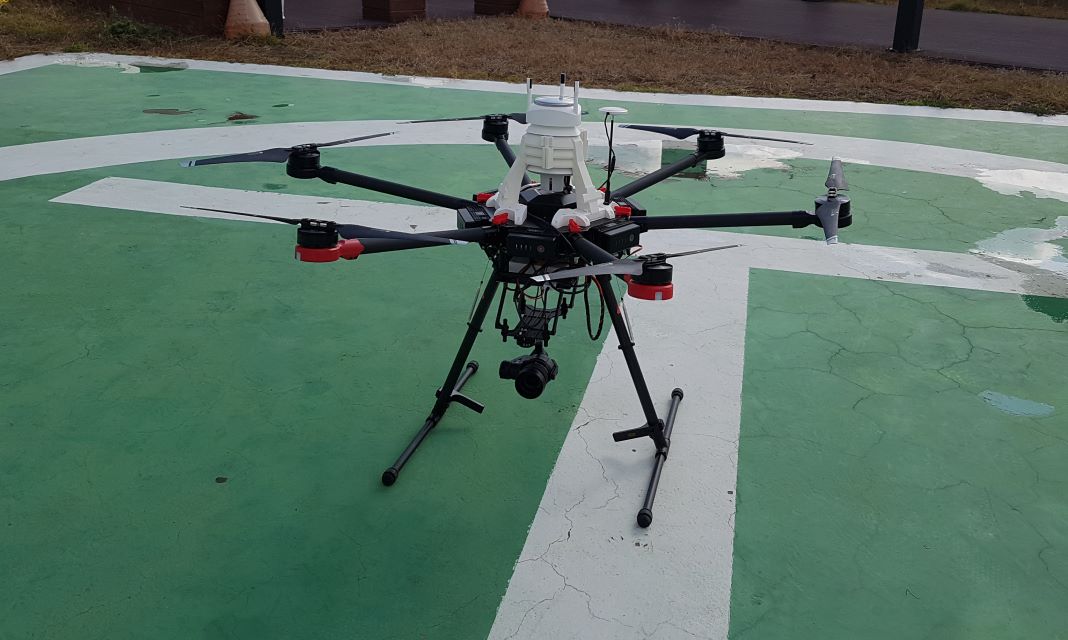
Earth exploration & Industrial application
We are work not only in the Space, but also on Earth. We have the technology to make original or order made Rovers & UAVs
Features
• Live transmission & recording Higher than FHD, 60 FPS videos • Day & Night operation with Infrared image sensor & Thermal image sensor • 3D spatial map generation with integrated depth camera • Additional options are available. • Durability equivalent to MIL-STD-810
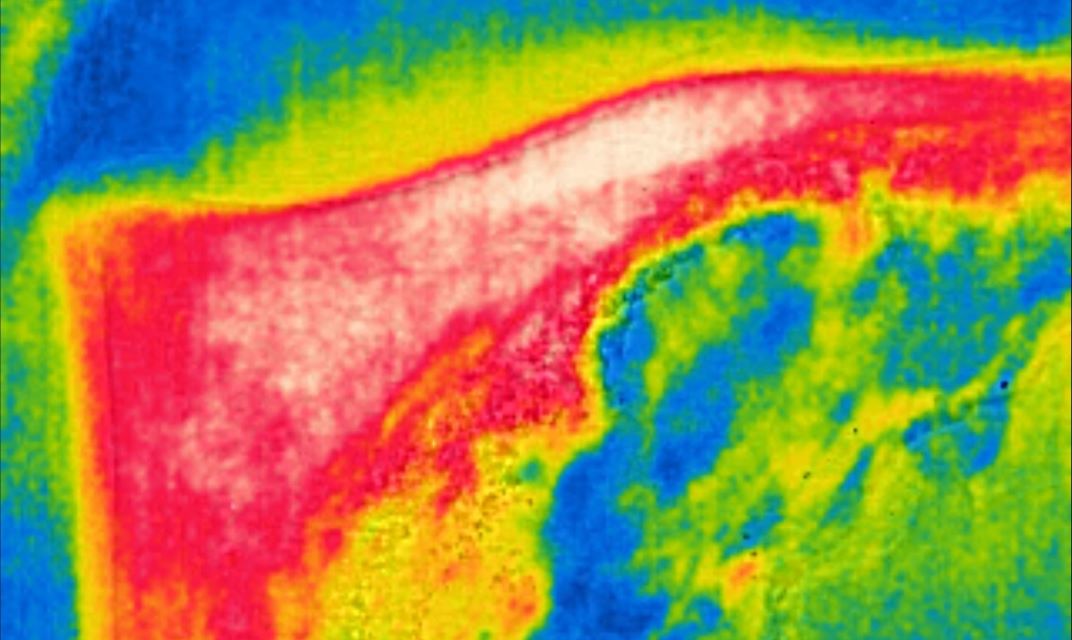
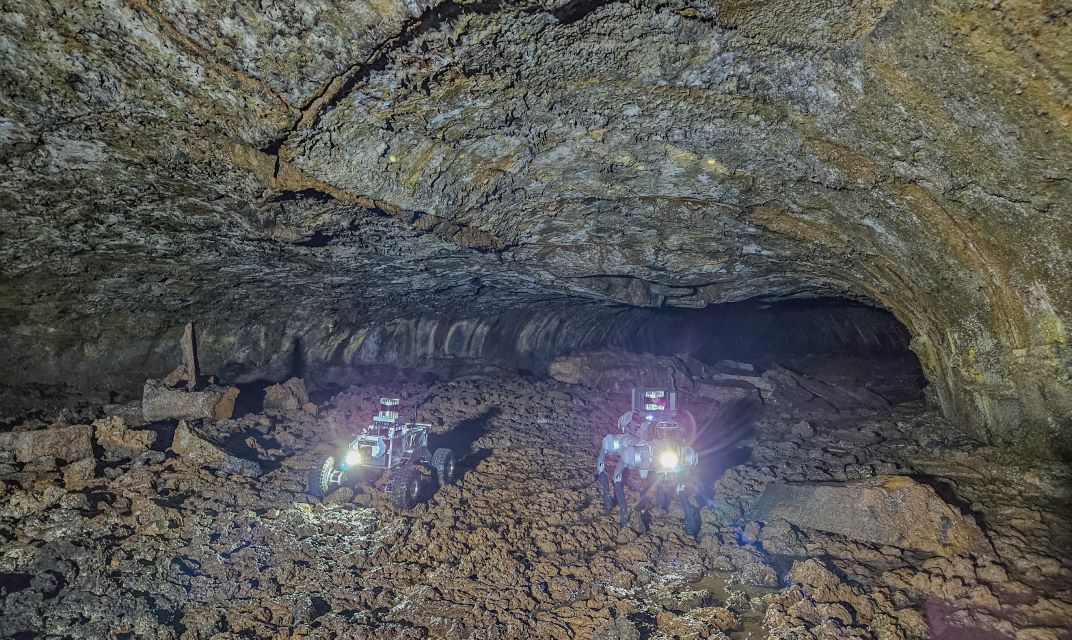
Earth Extreme Environment
UEL has technology to applicate the rovers & UAVs to dangerous places, such as volcanoes crevasses, narrow caves, which are difficult to reach.
• Target: mountain, desert, jungle, cave, polar region etc. • Non-GPS location information system for GPS shaded area. • Maneuverable on frozen, mud, sand, bushland. All weather capable • Overcome obstacles of more than 0.2 m (7.9 inch) • Falling resistance of more than 3 m (10 ft)

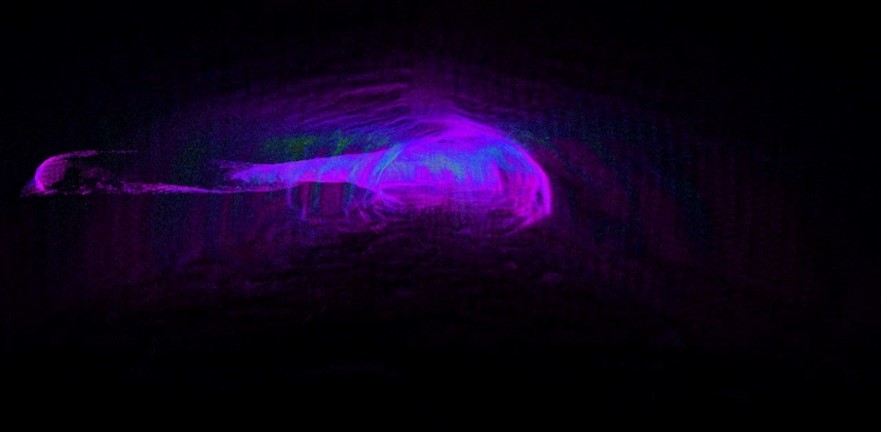
Industrial Rover & Drone
• Target: Construction, Tunnel, Mining site, etc. • Non-GPS location information system for GPS shaded area • Maneuverable on frozen, mud, sand, bushlands. All weather capable • Overcome obstacles of more than 0.2 m (7.9 inch) • Falling resistance of more than 3 m (10 ft)
